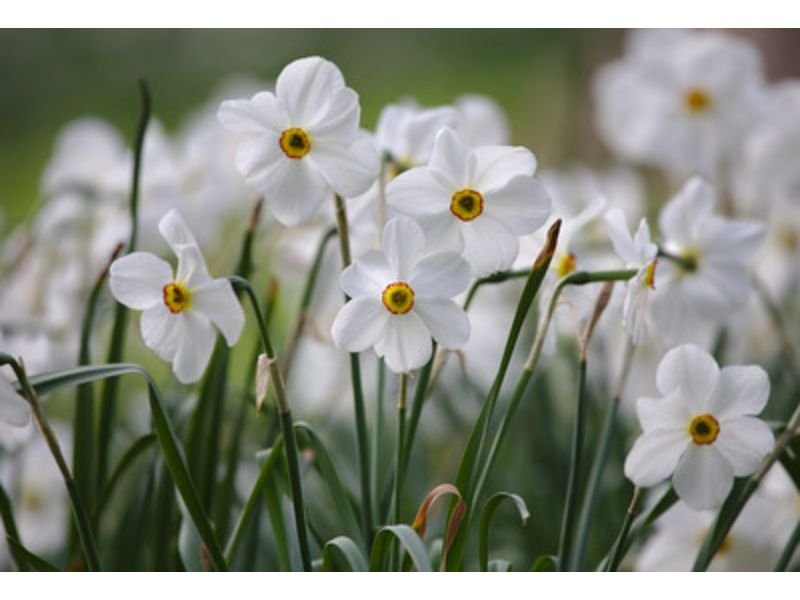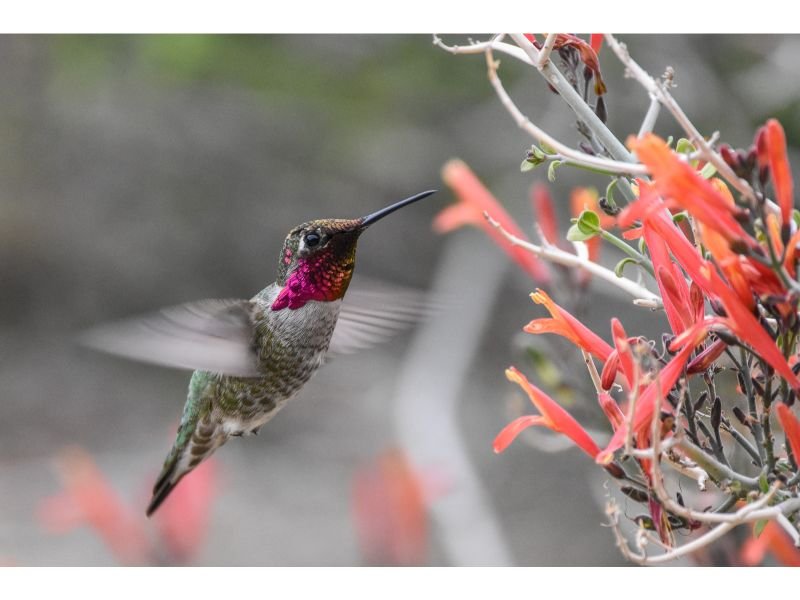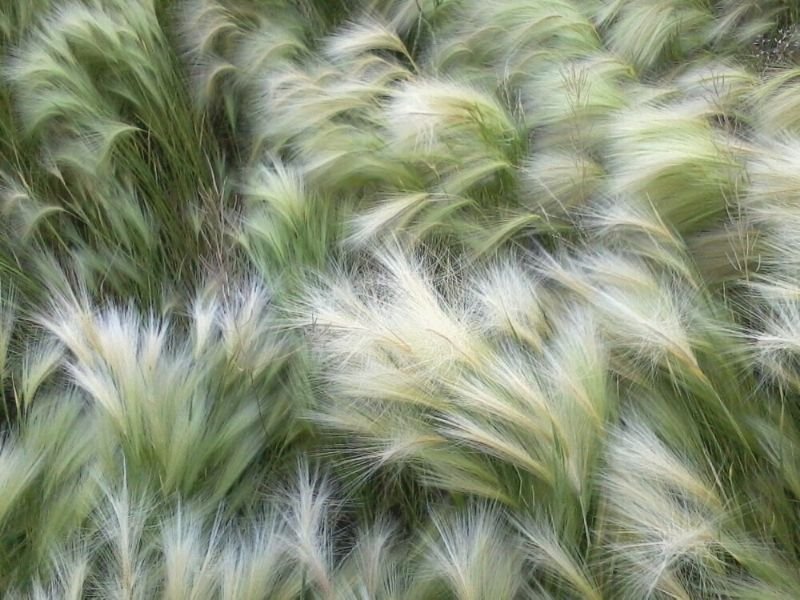If you’ve ever stumbled upon a field of white fluffy flowers that resemble cotton balls, you might have wondered what they are and how to grow them. These unique flowers can add a touch of whimsy to any garden or landscape. In this article, we’ll take a closer look at these white fluffy flowers, their characteristics, and how to grow them successfully.
Table of Contents
What Are White Fluffy Flowers That Look Like Cotton?
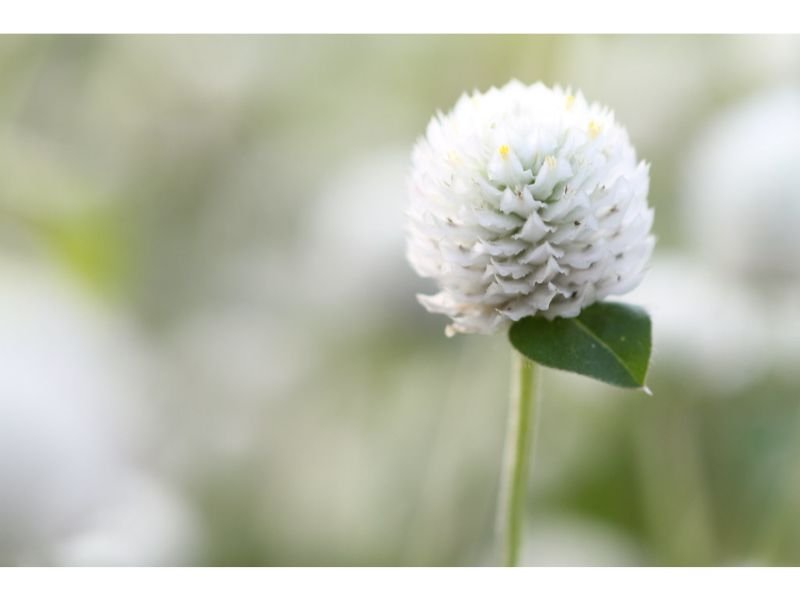
White fluffy flowers that look like cotton are a type of plant that produces delicate, white blooms that resemble cotton balls. These flowers are typically composed of many small, thread-like petals that give them a fluffy appearance. While there are many different types of plants that produce white fluffy flowers, some of the most popular include:
- Cotton plants (Gossypium species)
- Crape myrtles (Lagerstroemia species)
- Hydrangeas (Hydrangea species)
- White Globe Amaranth (Gomphrena globosa ‘White’)
- White Snowball Bush (Viburnum opulus ‘Roseum’)
- Pampas grass (Cortaderia selloana)
Characteristics of White Fluffy Flowers
While white fluffy flowers can vary in appearance depending on the plant species, there are some common characteristics that they share. Some of these include:
- Soft, delicate petals that give the flowers a fluffy appearance
- White or off-white coloration
- Round or oval shapes
- Appearing in clusters or bunches
Types of Plants That Produce White Fluffy Flowers
As mentioned earlier, there are several different types of plants that produce white fluffy flowers. Here’s a closer look at some of the most popular ones:
Cotton Plants

Cotton plants are perhaps the most well-known plant that produces white fluffy flowers that resemble cotton. These plants are part of the mallow family (Malvaceae) and are grown primarily for their soft, fluffy fibers, which are used to make textiles.
Crape Myrtles
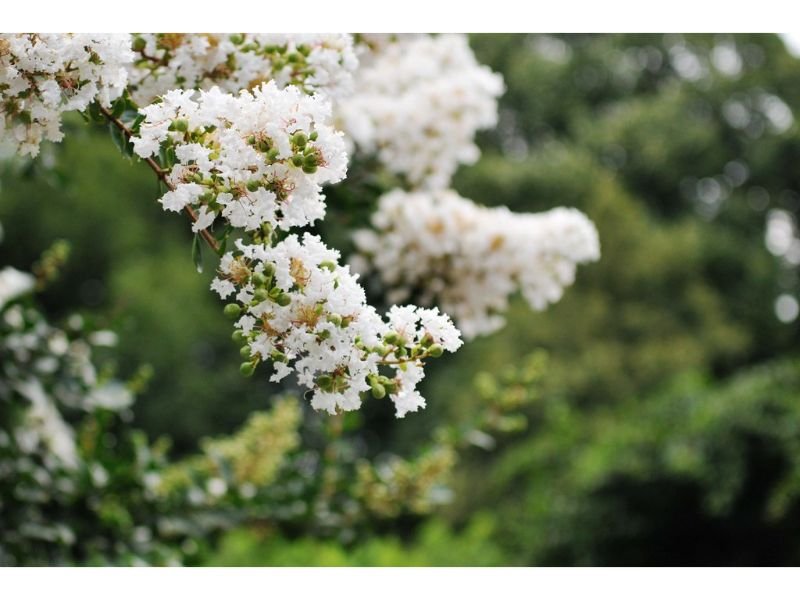
Crape myrtles are a popular flowering tree that produces clusters of white, fluffy flowers in the summer. These trees are native to Asia and are commonly grown in warm, humid climates.
Hydrangeas
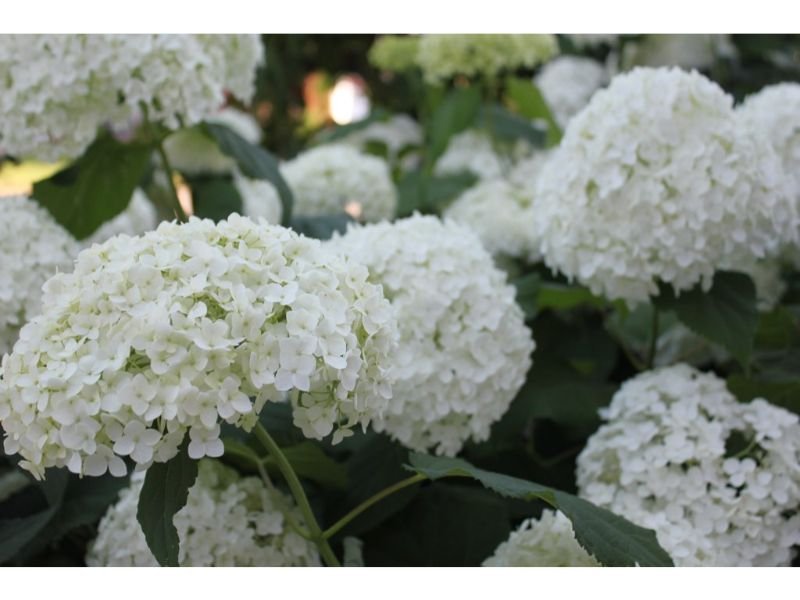
Hydrangeas are a popular ornamental plant that produces large, showy blooms in a range of colors, including white. Some hydrangea varieties produce flowers that are so fluffy and full that they almost look like pom-poms.
White Globe Amaranth

This plant produces unique and distinctive white fluffy flowers that resemble pom-poms. The flowers are made up of many small, densely packed blooms that create a round, ball-shaped cluster. They have a soft, tactile texture that makes them ideal for use in dried flower arrangements or as a decorative element in floral crafts. The white color of the flowers is pure and bright, which makes them stand out in any garden or floral display. These flowers are also relatively easy to care for, requiring full sun and well-drained soil.
White Snowball Bush
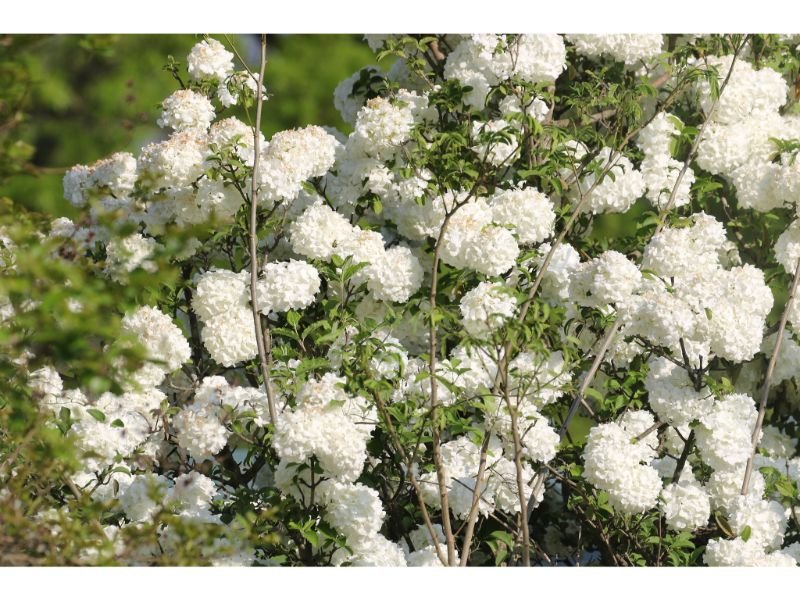
This shrub produces large, round clusters of white flowers that resemble fluffy cotton balls. The flowers are relatively large and showy, with a soft, tactile texture that makes them ideal for use in cut flower arrangements. They have a delicate fragrance that adds to their appeal. The pure white color of the flowers is bright and eye-catching, making them a standout feature in any garden.
Pampas Grass

Pampas grass is a large, ornamental grass that produces tall spikes of white, fluffy flowers. These flowers can be up to a foot long and are prized for their soft, feathery appearance.
Growing Conditions for White Fluffy Flowers
While the specific growing conditions for white fluffy flowers will vary depending on the plant species, there are some general guidelines you can follow to ensure success. Here are some tips for growing white fluffy flowers:
Light
Most white fluffy flowers prefer full sun to partial shade. However, some plants, such as hydrangeas and lamb’s ear, can tolerate more shade.
Soil
White fluffy flowers prefer well-draining soil that is rich in organic matter. Adding compost or aged manure to the soil before planting can help improve soil quality.
Water
Most white fluffy flowers prefer consistently moist soil, but not waterlogged soil. Be sure to water your plants regularly, especially during hot, dry weather.
Fertilizer
White fluffy flowers generally don’t require a lot of fertilizer, but you can give them a boost by applying a slow-release fertilizer in the spring.
Pruning
Most white fluffy flowers benefit from regular pruning to promote healthy growth and flowering. Be sure to research the specific pruning needs of your plant species.
How to Propagate White Fluffy Flowers
If you want to propagate white fluffy flowers, there are several methods that you can use depending on the plant species. Here are some common propagation techniques:
Seeds
Some white fluffy flowers can be grown from seed. Collect seeds from mature plants in the fall, and sow them in the spring in a prepared seed bed or container. Make sure to follow the specific seed-sowing instructions for the plant species you are growing.
Cuttings
Many white fluffy flowers can be propagated from stem cuttings. Take a cutting from a healthy plant in the spring or summer, and root it in a well-draining potting mix. Keep the soil moist and provide bright, indirect light until the cutting has established roots.
Division
Some white fluffy flowers, like lamb’s ear, can be divided to create new plants. Dig up the parent plant in the fall or spring, and gently separate the roots into smaller sections. Replant the sections in prepared soil and water deeply.
Uses of White Fluffy Flowers
White fluffy flowers can be used in a variety of ways in the garden and at home. Here are some common uses:
Ornamental
Most white fluffy flowers are grown for their ornamental value. They can be used in garden beds, borders, containers, or as cut flowers in floral arrangements.
Textile
As mentioned earlier, cotton plants are grown primarily for their soft, fluffy fibers, which are used to make textiles. The fluffy white flowers are a key component of this process.
Sensory
Some white fluffy flowers, like lamb’s ear, are prized for their soft, tactile leaves and flowers. These plants are often used in sensory gardens or children’s gardens.
Common Pests and Diseases That Affect White Fluffy Flowers
Like any plant, white fluffy flowers are susceptible to a variety of pests and diseases. Here are some common ones to watch out for:
Pests
- Aphids
- Spider mites
- Whiteflies
- Mealybugs
Diseases
- Powdery mildew
- Root rot
- Leaf spot
To prevent pests and diseases, make sure to provide your white fluffy flowers with proper growing conditions and practice good sanitation in the garden.
Frequently Asked Questions (FAQs)
- Are white fluffy flowers hard to grow?
- While the specific growing requirements will vary depending on the plant species, most white fluffy flowers are relatively easy to grow as long as you provide them with proper care and growing conditions.
- Can I grow white fluffy flowers in containers?
- Yes, many white fluffy flowers can be grown in containers as long as you choose a large enough pot and provide them with proper soil, water, and light.
- How often should I water my white fluffy flowers?
- Most white fluffy flowers require regular watering, especially during the hot summer months. Water deeply and regularly to keep the soil evenly moist, but avoid overwatering which can lead to root rot.
- Can I use white fluffy flowers in floral arrangements?
- Yes, many white fluffy flowers make great cut flowers and can be used in floral arrangements. However, make sure to harvest them when the blooms are fully open but before they start to shed their fluffy fibers.
- How can I prevent pests and diseases from affecting my white fluffy flowers?
- To prevent pests and diseases, make sure to provide your white fluffy flowers with proper growing conditions, such as well-draining soil, adequate sunlight, and regular watering. Additionally, practice good sanitation in the garden by removing any dead or diseased plant material and cleaning your gardening tools regularly.
Conclusion
White fluffy flowers are a beautiful and versatile addition to any garden. Whether you are looking for ornamental plants to brighten up your garden beds or soft, tactile flowers to add to a sensory garden, there are many different species to choose from. By providing your white fluffy flowers with proper growing conditions and practicing good sanitation in the garden, you can enjoy these beautiful blooms for many years to come.

Gardening is my passion and growing plants indoors has always been a stress relief for me. Grow a banana tree in my apartment once (although failed to produce bananas).

